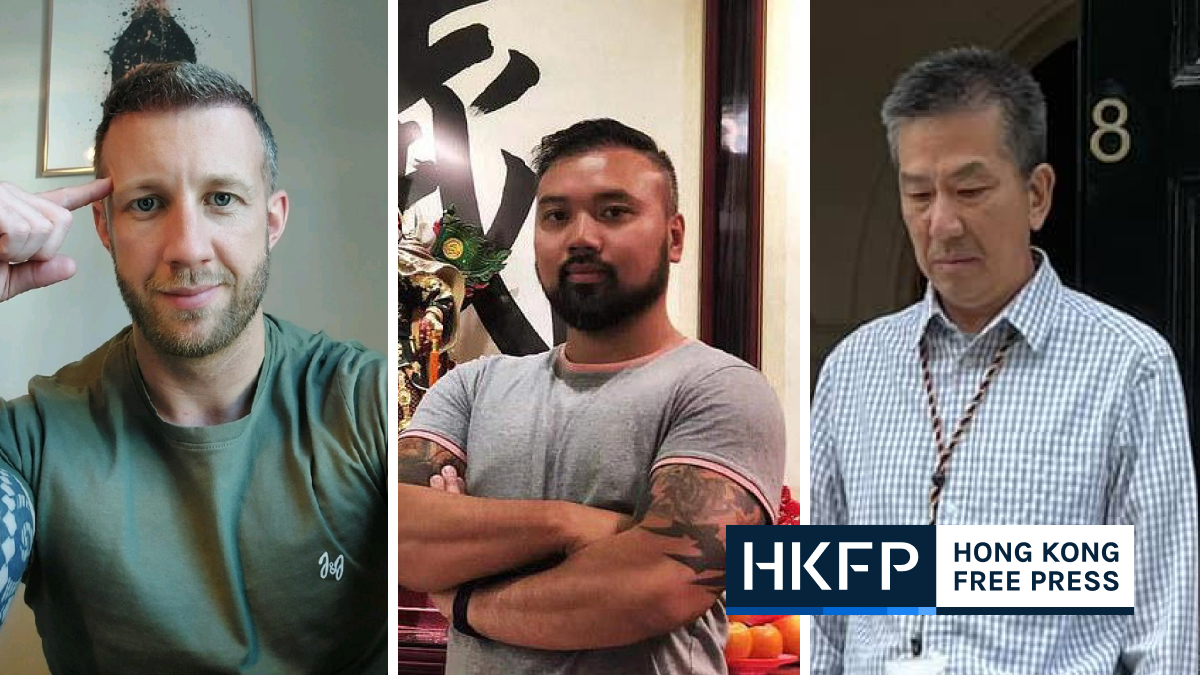The Danish sculptor behind the Tiananmen Massacre statue on the University of Hong Kong (HKU) campus has asked Hong Kong to provide legal protections so that he can visit and safely take it back to Denmark
Jens Galschiøt’s Pillar of Shame monument has stood on campus for 24 years, though – last month – university authorities demanded its removal amid a crackdown on those commemorating the 1989 massacre.

“A removal of the Monument of The Tiananmen Square Massacre in 1989 will lead to activities and media coverage that could be perceived as criticism of China,” he wrote in an open letter passed to the university and his Hong Kong legal team this week. “Therefore, I will have to get a guarantee that my employees and I will not be prosecuted in relation to the [disassembly] and moving of the monument.”
“I believe, it is important to preserve the history of any country, and I am therefore sorry that my monument, which is a memorial to the events at The Tiananmen Square 1989 in China, is no longer welcome,” he added.
See also: Explainer: How Hong Kong sought to erase the memory of the 1989 Tiananmen Massacre
The University of Hong Kong in early October demanded that the now-defunct group which organised yearly candlelight vigils commemorating the massacre, remove the statue within five days. The demand – made during two T8-level typhoons – caused a row which saw the university’s legal representative, Mayer Brown, withdraw from the case amid international pressure.

Galschiøt has since asserted his ownership of the monument, launching an international campaign to save the statue and relocate it abroad. The statue still stands at the university, which has vowed to deal with the matter in a “legal and reasonable” manner.
The sculptor – who has twice been barred from entering the city – said in the letter that he was concerned about the security law and would need the “full cooperation” of the university to arrange “technical assistance, roadblocks, permits and other advisory support.”
He previously told HKFP that the two-ton statue would be difficult to move and may be fragile: “[T]here is a great possibility that the work of art will suffer irreparable damage if handled by any others than experts in handling art.” He added that HKU “risks incurring a claim of compensation.”
Pillar of Shame
The Pillar of Shame, an eight-metre tall statue of bodies twisting towards the sky, has stood at the university’s Pok Fu Lam campus for over two decades. Activists and students held annual ceremonies to wash the pillar to commemorate the victims of Beijing’s bloody crackdown on protesters in the summer of 1989.
See also: The Pillar of Shame: The history of Hong Kong’s harrowing tribute to the Tiananmen massacre victims

Efforts to remove it from the campus have prompted critics to decry shrinking freedoms in Hong Kong, with one warning of a “political purge” at universities.
The Tiananmen Massacre on June 4, 1989 ended months of student-led demonstrations in China. It is estimated that hundreds, perhaps thousands, of people died when the People’s Liberation Army was deployed to crack down on protesters in Beijing.
HKU did not respond to HKFP’s enquiries on Friday. It has cited “risk management” in its demands for the statue to be removed.
Meanwhile, HKU head Zhang Xiang did not respond to HKFP’s questions last month as to whether free expression was still assured on campus.
Support HKFP | Policies & Ethics | Error/typo? | Contact Us | Newsletter | Transparency & Annual Report | Apps
Help safeguard press freedom & keep HKFP free for all readers by supporting our team

LATEST FROM HKFP
HKFP has an impartial stance, transparent funding, and balanced coverage guided by an Ethics Code and Corrections Policy.
Support press freedom & help us surpass 1,000 monthly Patrons: 100% independent, governed by an ethics code & not-for-profit.












